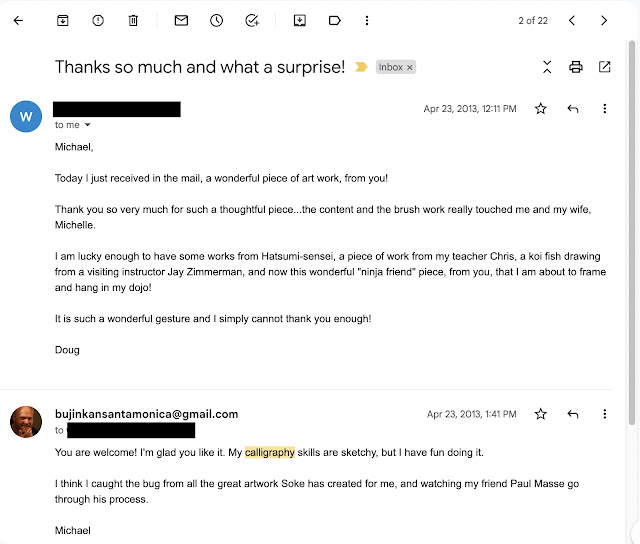What can you learn from the Rojodojo membership program?
or, Why start an online membership?
I have been training all of my life. Started in 1985. Around that same time, I also got into film and video production. So when I began teaching Bujinkan and started my own dojo, It seemed like a natural thing to make training videos.
I assumed I would put them out as DVDs. I even made some with chapters, extras (remember those?) and gave them out. But, this was the era of Netflix and streaming video. Many people were abandoning DVDs and VHS was already a dinosaur.
Then my next thought was how can I stream these training videos? I put a few on youtube, a few on amazon, and I quickly realized it was a full time job. Between the teaching of classes, the video production, post production, streaming setup… And the equipment wasn’t free either.
I knew I had a few friends from my mailing list and from social media who might be interested. So I set up the streaming on my new website Rojodojo.com and I began to tell everyone about it:
Here was the #1 post Introducing Rojodojo
What were the Initial Results?
I was very nervous about the launch. I am not a natural salesperson. I just love to train, and to share that. But I felt weird charging for it. Even though my students pay me for my classes, and I pay my own teachers for their classes. I was not good about asking for money.
So Rojodojo started out kind of weak. I only got a few signups. Not even enough to cover the web hosting bill.
I even received a bunch of blow back from my current followers. People unsubscribed or unfollowed me. Some even wrote me to complain that who did I think I was to charge for videos?
Should I quit? Or Double Down?
I decided to focus on the trailblazers who did sign up. Instead of 1,000 true fans, maybe I had 10… But I was so thankful.
I immediately wrote some amateur Japanese calligraphy to mail to them. And then I got to work. Training, writing, and making videos.
Then, every month, more people came on board. And they kept their memberships going month after month. That means if I get 2 people in one month paying $30 each, and 3 people sign up the next month, now I have $150 every month.
It's not a lot, but it arrives every month... like rocket fuel to share and teach everything I have learned about the Bujinkan during my 35+ years of training.
I was surprised at how we grew. New members continued to join even though I am terrible about offering memberships to people. Did I mention I was a bad salesperson?
You can see the growth has been up and down, but steady. I removed the Y-axis numbers because of my tendency towards privacy. That way no one will criticize the amount of support.
A few years into this I wonder why I ever doubted myself. Because a few things became real:
Memberships give me permission to do things I wouldn’t otherwise do on my own
Membership allows me to run experiments and explore. I can focus on very small details like the meaning one of our Kuji, Bujinkan Kuden: 妙剣 Myōken and 突き構え Tsukigamae Which is a fringe topic that only hard-core Bujinkan students would care about.
Or, I can run multi-part series like the 12 episodes of 義鑑流 Gikan-Ryū as taught by Noguchi Sensei. This project was very membership driven. It would never have happened without members supporting it.
Now people from everywhere in the world can study with me. Video classes reach many more students than I ever could in my home dojo. My own students even get recognized whenever they go to Japan or attend seminars (they are the real stars of my videos).
When the pandemic happened and our dojo had to close for a year and a half (California wasn’t playing), I was lucky that my members stayed on. They supported me even when I only made improvised videos and explored odd topics for solo training.
My current pledge for members of Rojodojo
I create for the whole Bujinkan community. My goal for Rojodojo is a continuous and rigorous production of training projects. Because I want to share the martial art I love so much.
Some may not want my approach, or some may be too busy building their own empires to learn from me. But there are many strong students and teachers who have the curiosity and drive to learn.
I will share for them. In every way possible. For the true Ninjas.
If you want in, then join us: Rojodojo Invitation



Comments
Post a Comment